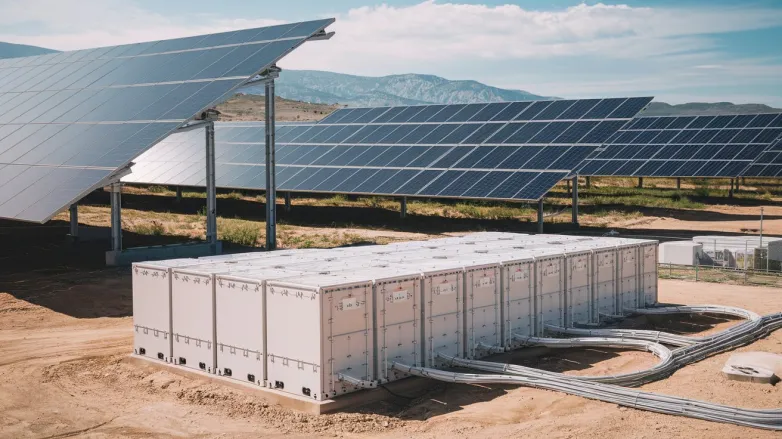Habitat Energy to Enhance 250-MW Canberra Battery Storage
- Habitat Energy partners with Eku Energy to harness AI for optimizing a pivotal 250-MW battery system, driving Canberra's renewable transition towards a net-zero future by 2045.

Habitat Energy has been selected by Eku Energy, the UK battery platform of Macquarie's Green Investment Group, to optimize a 250-MW/500-MWh battery energy storage system (BESS) in Williamsdale, Australia. Utilizing an AI-powered approach, Habitat aims to enhance the system's performance, leveraging local expertise in data science and trading. This facility is critical to the Australian Capital Territory's transition to renewable energy, aligned with a net-zero emissions goal by 2045.
The Williamsdale BESS, part of the ACT Government's Big Canberra Battery project, will provide power for one-third of Canberra during peak demand. Set for operational status in 2026, the system operates under a revenue swap arrangement, benefiting both the ACT Government and Eku Energy through participation in the National Electricity Market. Following this deal, Habitat Energy's portfolio now includes 2.8 GW of contracted battery storage capacity globally.
How will Habitat Energy optimize the Williamsdale battery storage system's performance in Australia?
Here’s how Habitat Energy will optimize the Williamsdale battery storage system's performance in Australia:
- AI-Powered Optimization: Habitat Energy will deploy advanced artificial intelligence algorithms to analyze and predict energy demand patterns, enabling more efficient charging and discharging cycles of the battery system.
- Local Data Integration: By incorporating local data sources and market insights, Habitat can tailor its strategies specifically to the Australian energy market, increasing responsiveness to real-time conditions.
- Predictive Analytics: Utilizing machine learning techniques, Habitat Energy can predict fluctuations in energy prices and demand, optimizing the timing of energy sale and procurement to maximize revenue.
- Real-Time Monitoring: Continuous performance monitoring will allow for immediate adjustments to operational strategies, ensuring the battery system operates at peak efficiency throughout its lifecycle.
- Energy Arbitrage: The optimization strategy will include energy arbitrage opportunities, capturing energy during low-price periods and selling it during high-price periods to maximize profits.
- Grid Stability Support: By effectively managing the battery's discharge capabilities, Habitat will support grid stability, particularly during peak demand times, contributing to the overall resilience of the National Electricity Market.
- Collaboration with Local Experts: Leveraging local expertise in data science and energy trading will facilitate more nuanced approaches to market engagement, ensuring that operational decisions are informed by regional specifics.
- Integration with Renewable Sources: The optimization strategy will focus on synergizing with local renewable energy sources, ensuring that the battery storage system helps smooth out the variability of solar and wind power.
- Regulatory Compliance and Incentives: Habitat Energy will navigate the regulatory landscape to ensure compliance and optimize participation in energy incentives and support programs available to battery projects in Australia.
- Performance Reporting and Transparency: By implementing comprehensive reporting mechanisms, Habitat will provide stakeholders with transparent insights into operational performance and economic impact, fostering trust and collaboration.
These strategies collectively aim to enhance the operational efficiency of the Williamsdale battery storage system, contributing meaningfully to Australia's renewable energy goals and supporting the transition toward a sustainable energy future.
Also read

